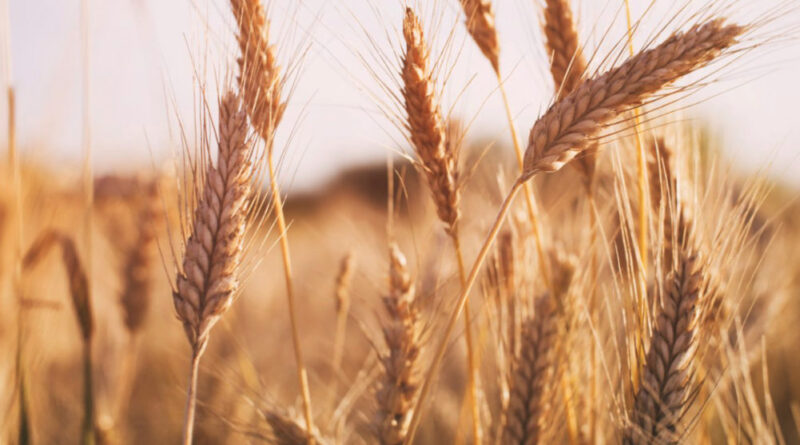Big push to climate-resilient wheat planned
By Jitendra Choubey
As extreme weather events such as early arrival of heatwave-like conditions and unseasonal rains and hailstorm hit wheat production in the last two rabi seasons, the government aims to increase the acreage under climate-resilient varieties. The target is cover up to 60% of the total area with climate-resilient varieties.
Union Agriculture and Farmers’ Welfare Minister Narendra Singh Tomar has suggested constituting a monitoring committee to achieve the target. This newspaper had on Monday reported that government officials were worried about late sowing of wheat. They are concerned that the late sowing would expose the wheat crop to more heat wave-like conditions. This would impact productivity as well as quality of grains.
Addressing a review meeting of rabi-sowing crops and future estimation, Tomar said that last year’s record rise in temperatures, followed by a spate of unseasonal rains and hailstorms, had adversely impacted the wheat crop. Gyanendra P Singh, director of the Institute of Wheat and Barley Research, said that two heat-tolerant wheat seed varieties — DBW 187 and DBW 303 — are already shared with different state governments to provide for farmers.
“These varieties are heat-tolerant and will neutralise the impact of early arrival and increase yield,” said Singh. He further said that DBW 187 was mostly preferred in Gujarat, Madhya Pradesh, Chhattisgarh and other Indo-Gangetic plains, while DBW 303 was mostly preferred in Indo-Gangetic plain of Uttar Pradesh and Bihar.
The winter wheat crop is more susceptible to heat. Moderate temperature of February-March helps the juice of wheat flowers to take shape into the robust grain. However, February 2023 was recorded as the hottest in the past 123 years. March 2022 was recorded as the hottest in the 122 years of IMD’s history. This has shrivelled grains and reduced production in those years.
India’s final wheat output was estimated at 107.74 million tonnes (MT) in 2021-22 and 110.5 MT in 2022-23 against the target of over 112 MT in both the years. The less production led to lesser procurement for the country’s buffer. This year, the government was only able to procure 26.2 MT as against the target of 40 MT, leading to price rise.
Till now, the wheat sowing acreage reached 248.59 lakh hectares in different states. Spillover monsoon rainfall till the third week of October had delayed paddy harvest as well as sowing of wheat. In eastern India, harvesting of paddy is yet to start.

This article has been republished from The New Indian Express.

